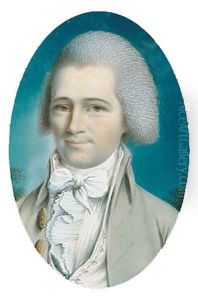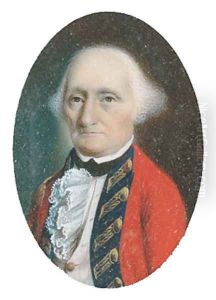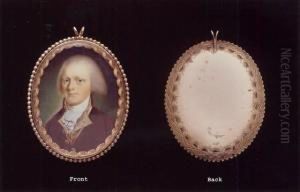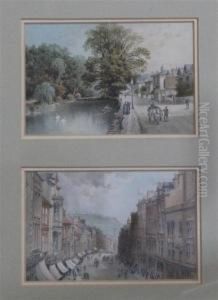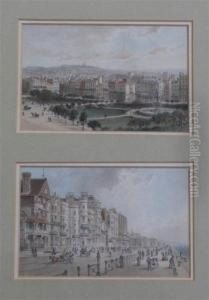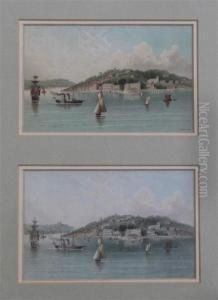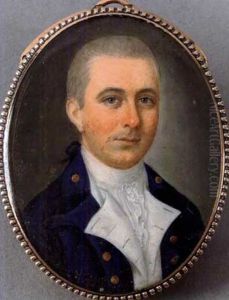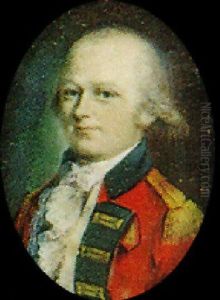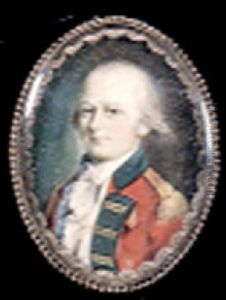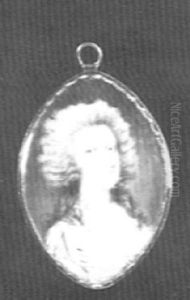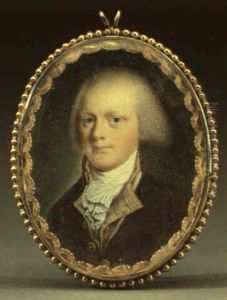John Ramage Paintings
John Ramage, born in 1748 in Ireland, was a notable artist of the 18th century, primarily recognized for his work as a miniaturist and portrait painter. Ramage's artistic journey began in Dublin, Ireland, where he was presumably trained before he decided to venture across the Atlantic. In the early 1770s, seeking new opportunities and perhaps driven by the adventurous spirit of the age, Ramage emigrated to North America, settling initially in Boston. His arrival in the New World marked the beginning of a significant career that would see him become one of the era's most sought-after miniature portraitists.
Ramage's time in Boston was a formative period, during which he began to establish his reputation. However, the outbreak of the American Revolutionary War forced him to relocate, and by 1777, he had moved to New York City. It was in New York that John Ramage truly flourished as an artist. Amidst the burgeoning demand for personal mementos and the lack of photographic means, miniature portraits became a popular and cherished form of art. Ramage's skill in capturing the essence, likeness, and personality of his subjects in such a small format brought him considerable fame and a clientele that included some of the most prominent figures of the day.
One of Ramage's most famous works is the miniature portrait of George Washington, a testament to his skill and the high regard in which he was held. This portrait, along with others, highlights Ramage's exceptional ability to work with detail and his mastery of the miniature form. His technique involved using watercolors on ivory, a popular medium for miniatures at the time, which allowed for a delicate and refined finish. Ramage's portraits are characterized by their intricate detail, vibrant colors, and the lifelike representation of his subjects.
Despite his success, John Ramage's life was not without its challenges. He faced financial difficulties and personal controversies, which at times overshadowed his artistic achievements. In 1802, Ramage passed away in Montreal, Canada, where he had moved in the latter part of his life. Today, his work is recognized as an important part of American art history, providing a window into the faces and personalities of the 18th century. Ramage's legacy lives on through his contributions to the art of miniature painting, and his portraits continue to be celebrated for their technical skill and historical significance.
